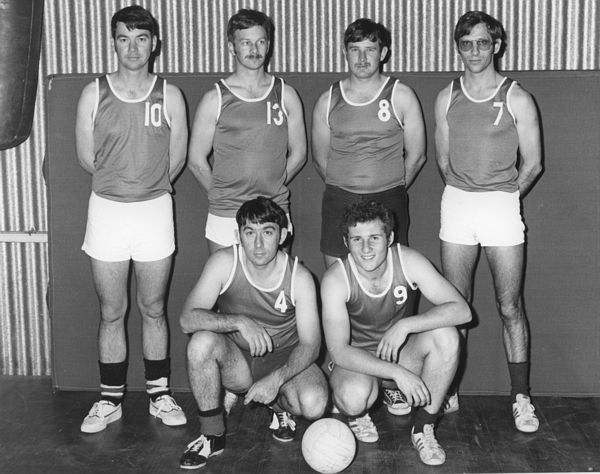|
Radschool Association Magazine - Vol 20 Page 2 |
|
In Memorandum |
|
Paul Eueaut informs us that Graham Ramm, one of his course mates, has passed on. Unfortunately, we don't have any more detail.
***** Robert Hill informs us that Erin Schmidt passed away on the 26th May 2007, age 54.
Erin
was a rad tech G
in the RAAF for quite some years (70's and 80's). He was on Project Kedah
which remustered from a Mech Fitter to a Radtech G in the 70's from Pearce. Bob thinks he did about 12 years all up but lost track of him after Butterworth. Bob said Erin was a great bloke to work with, one of those "gentle giants" where nothing overly bothered him.
|
| The
difference between DLP and LCD projectors.
If you're in the market for a home theatre projector, then you're probably confused by what the sales-people have told you. Some will say that the way to go is LCD (liquid crystal display) while other will tell you that DLP ("Digital Light Processing") is the way to go. What's the difference you ask????
Well, LCD projectors usually contain three separate LCD glass panels, one each for the red, green, and blue components of the video signal being fed into the projector. As light passes through the LCD panels, individual pixels ("picture elements") can be opened to allow light to pass or closed to block the light, as if each little pixel were fitted with a Venetian blind. This activity modulates the light and produces the image that is projected onto the screen.
DLP is a proprietary technology developed by Texas Instruments. It works quite differently than LCD. Instead of having glass panels through which light is passed, the DLP chip is a reflective surface made up of thousands of tiny mirrors. Each mirror represents a single pixel. In a DLP projector, light from the projector's lamp is directed onto the surface of the DLP chip. The mirrors wobble back and forth, directing light either into the lens path to turn the pixel on, or away from the lens path to turn it off.
In very expensive DLP projectors, there are three separate DLP chips, one each for the red, green, and blue channels. However, in most DLP projectors under $20,000 there is only one chip. In order to define colour, there is a colour wheel that consists of red, green, blue, and sometimes white (clear) filters. This wheel spins in the light path between the lamp and the DLP chip and alternates the colour of the light hitting the chip from red to green to blue. The mirrors tilt away from or into the lens path based upon how much of each colour is required for each pixel at any given moment in time. This activity modulates the light and produces the image that is projected onto the screen. (In addition to red, green, blue, and white segments, some colour wheels.
So which is best?? One benefit of LCD is that it has historically delivered better color saturation. LCD also delivers a somewhat sharper image than DLP at any given resolution.
When it comes to home theater, DLP has
continued to make competitive advances in color, contrast, and image
stability that have served to make it the preferred technology for home
theater systems. But the fact is that both DLP and LCD continue to
improve, and both are capable of delivering much higher quality video for
home theater than they ever were before. Want more info - click HERE |
|
We believe this photo of 6 hunky males is a photo of a Radschool volley ball team - but that's all the info we have. Can anyone provide the names, date this was taken, and how did the team go, who did they play etc etc..... |
|
A passenger in a taxi tapped the driver on the shoulder to ask him something. The driver screamed, lost control of the cab, nearly hit a bus, drove up over the curb, and stopped just inches from a large plate glass window. For a few moments everything was silent in the cab, then the driver said, "Please, don't ever do that again. You scared the daylights out of me." The passenger, who was also frightened, apologised and said he didn't realise that a tap on the shoulder could frighten him so much, to which the driver replied, "I'm sorry, it's really not your fault at all. Today is my first day driving a cab. For the last 25 years I've been driving a hearse. |
